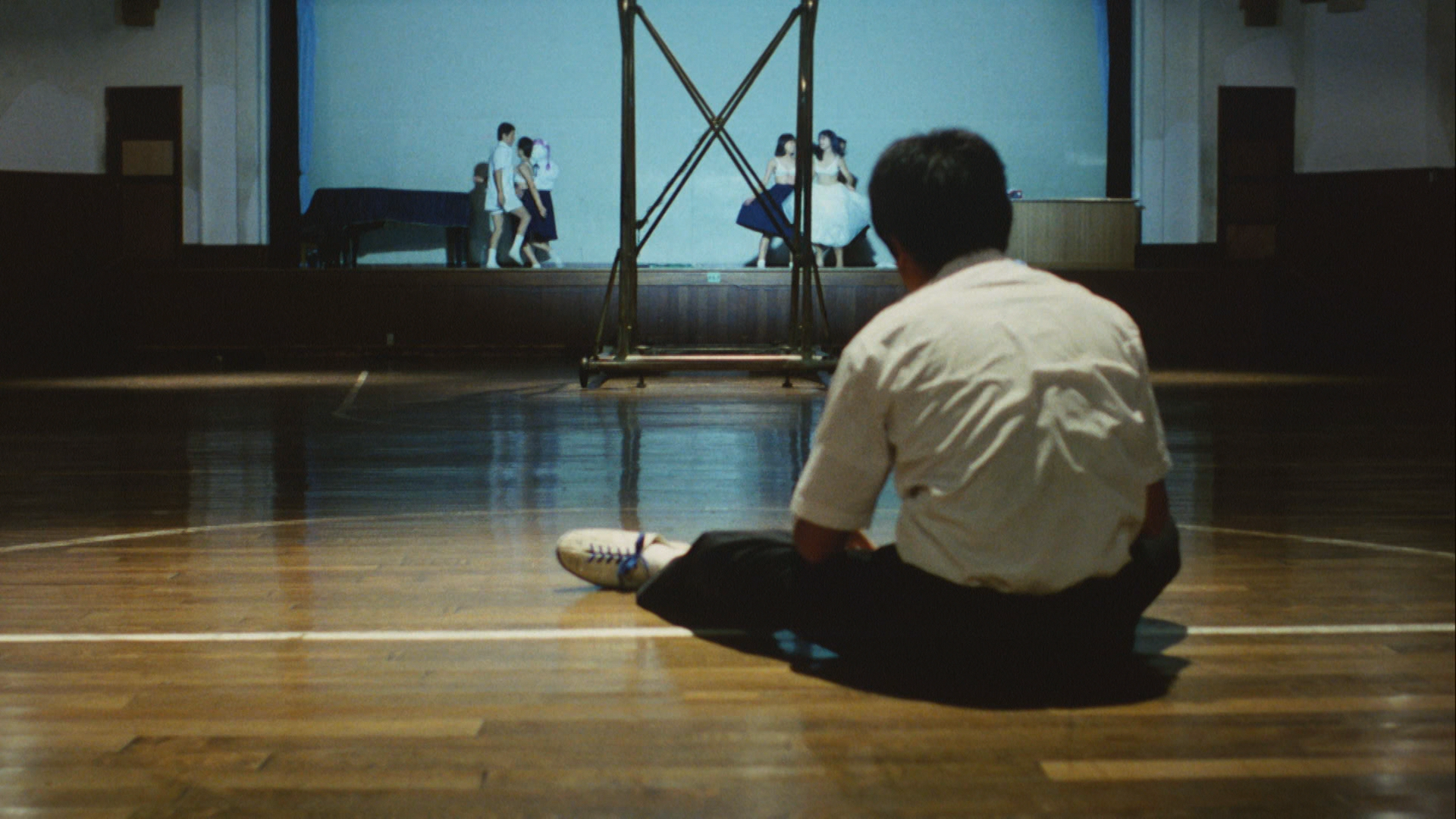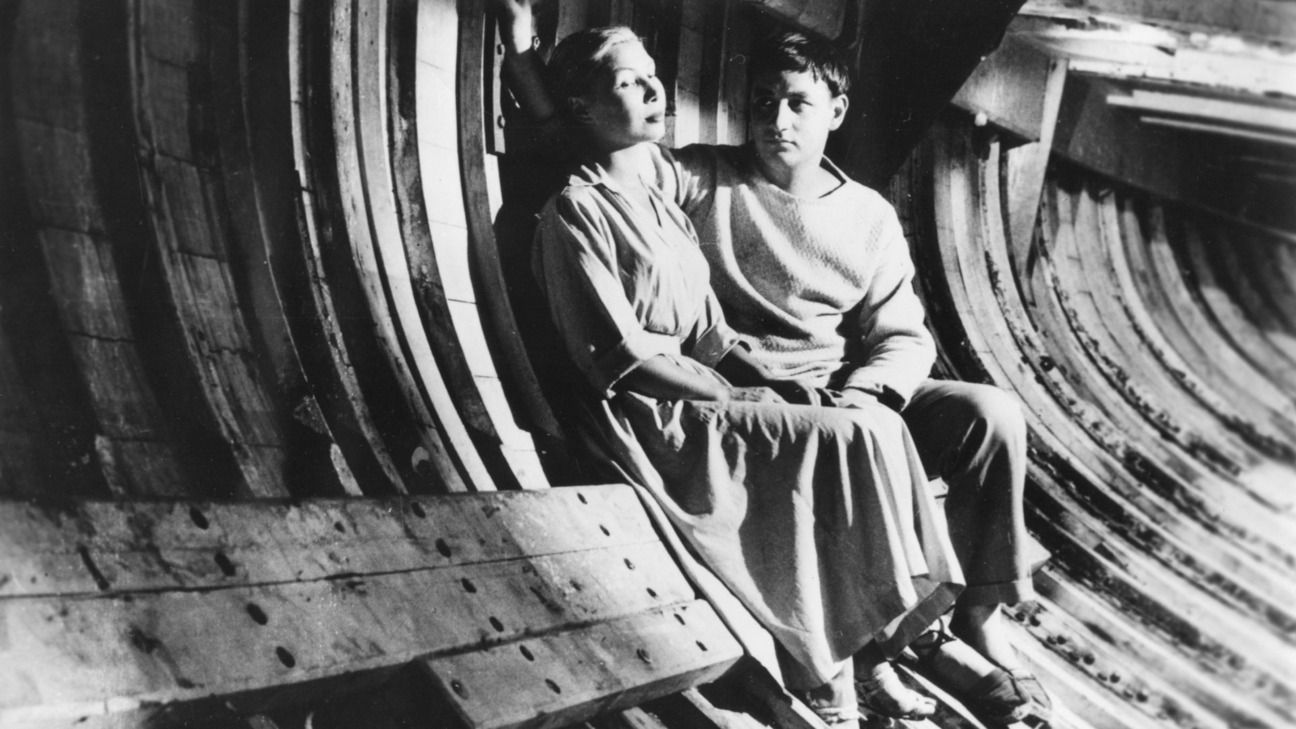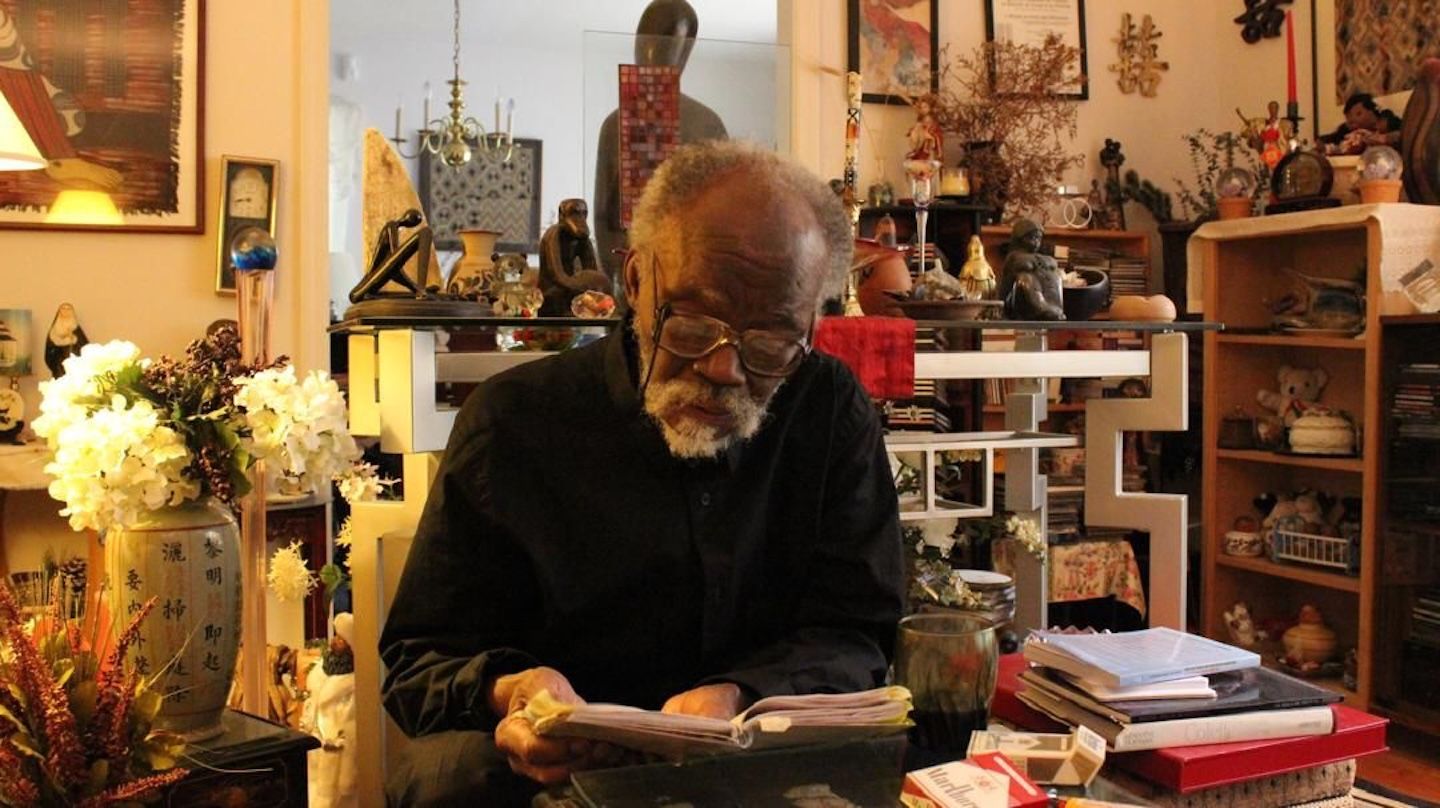A lecture by Jonathan Walley
Admission is free
June 21, 2022, 7pm
Brooklyn 11205
USA
Join us on Tuesday, June 21, 7pm at e-flux Screening Room for Towards Non-Anthropocentric Moving Images: Exemplars of a Counter-History, a lecture by Jonathan Walley. It is the second lecture in the monthly lecture series Film Beyond Film at e-flux Screening Room, by researchers whose work has formed the discourse at the intersection of modern and contemporary art and cinema, and that focuses on the histories of artists’ films, situating them within broader aesthetic, political, and economic contexts.
The lecture will also be livestreamed on this page.
Towards Non-Anthropocentric Moving Images: Exemplars of a Counter-History
For the film machine to become an artistic medium, it had to be absolved of its automaticity. To complicate matters, its automaticity was three-fold: It was an industrial machine, optical device, and photochemical process, its actions determined by the physical properties of light, lens optics, and the invisible chemical actions taking place on emulsion layered onto a strip of plastic, and driven via cogs and pins by a motor set in motion by the touch of a button—operating on the same principles as machine guns and sewing machines. Primal forces and laws came together in a box housing an array of industrial products.
For cinema to become an art form, its automaticity had to be shunted to the background, the machine re-cast as creative tool, its operations determined by individual human will rather than nonhuman natural and mechanical forces. To accomplish this, film artists and critics refashioned the film machine into an extension of the human body, and, moreover, one that could be used creatively and generatively, not a mere prosthesis but an instrument of creative action and thought. In short, it was a matter of anthropomorphizing the moving image. This has taken a multiplicity of forms: Vertov’s camera eye, Brakhage’s camera eye/I, analogies between cinema and human consciousness emerging from phenomenological readings of structural film, countless comparisons of film to human skin made by filmmakers continuing to work with celluloid, etc. The analogies invest a non-human object, and, what’s more, an industrial object (not to mention with some toxic chemistry), with meaning and value. We empathize with the machine because we can see ourselves in it.
What might the opposite of this look like? How might moving-image artists, in utilizing their technological mediums, see those mediums not as extensions, but, instead, make concessions of their humanity—their artistry, sensibility, consciousness—to the machine? Not in the sense of conceptual or “systems” art, in which, as Sol Le Witt wrote, “the idea becomes the machine that makes the art,” but one in which the machine is the machine that makes the art—the moving-image machine, whether analog or digital. The artist serves as an extension of the machine rather than the other way around, conceding their humanity to it, albeit to varying degrees.
For more information, contact program@e-flux.com.













